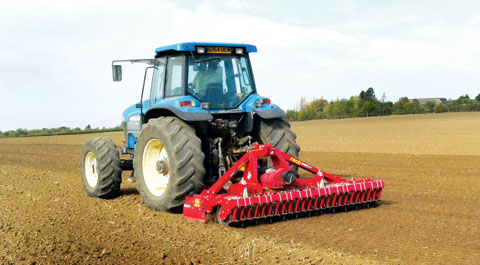What farmers bought in 2012
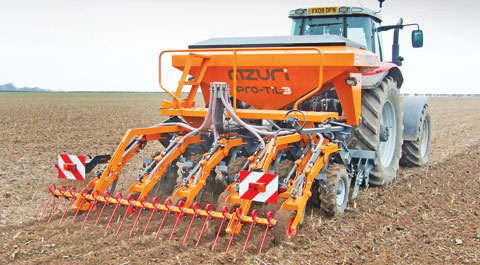
- 2012 trends
- Tractors
- Mowers
- Balers
- Foragers
- Combines
- Telehandlers
- ATVs & buggies
- Sprayers
- Ploughs
- Power harrows
Machinery sales always track farm profitability. For many arable farmers, 2011 and 2012 were seasons of unexceptional weather and yields but healthy prices. Livestock farmers, though, have suffered from patchy profitability.
Of course, the number of machines sold now can’t ever come close to the glory days of the 1970s. However, the value of each machine sold is much higher than it used to be. Combines are now the size of a three-bed house and tractor engines are tuned to deliver enough power to pull the Empire State Building from its footings.
For the biggest, most streamlined farming operations, new kit will be the order of the day. But, for many farmers, new equipment is a luxury only affordable in good years.
The value of the pound also affects the cost of kit. When it nosedived by 30% in 2008, the value of imported machinery (well over half of the UK’s machinery comes from the eurozone) ballooned.
The pound slid again in 2012, but with more used kit on the market, imported machinery prices didn’t reach the giddy heights of 2008.
To find out what farmers bought last year, we racked the brains of the chief economist at the Agricultural Engineers Association, Chris Evans.
The AEA collects information and stats from machinery manufacturers and the DVLA, and is the farm machinery manufacturers’ representative organisation.
TRACTORS: 13,951 sold
Tractor sales tend to act as a telltale indicator of the short-term health of the farming sector. High grain prices kept 2012 sales flowing to the tune of £770m, which equates to an average cost of about £55,000 per tractor.
Last year 13,951 new tractors of more than 50hp were registered, down 1% on the previous year and a tad above the 10-year average. The recent high was in 2008 when 17,000 new tractors were sold – small compared to the million-or-so tractors already working on UK farms and a fraction of the 39,700 new tractors sold in 1968.
Average tractor horsepower continues to climb. Last year it reached 148hp and Mr Evans expects it to continue to grow at about 2% each year – a far cry from the girly-sounding 106hp average of 1996.
The most popular sector was the 101-110hp one, with 2,000 units sold. Hard on its tail was the 151-160hp bracket, which shifted 1,600 units.
In 2002 the market was all about the modestly powered 50-100hp sectors, which made up 42% of sales. In that year, the 200hp+ big boys accounted for just 3% of the market. Fast forward 10 years and the two sectors are neck and neck, both accounting for about 14% of sales.
March is still the most popular time to buy a new tractor – 15.6% are sold in that month – but traditional peaks are flattening out as farmers become keener to get tractors on farm before harvest.
| 2002 | 2012 | |
|---|---|---|
| 50-100hp | 42% | 14% |
| 100-150hp | 39% | 43% |
| 150-200hp | 10% | 22% |
| 200hp+ | 3% | 14% |
MOWERS: 1,460 sold
MOWER CONDITIONERS: 2,000 sold
The mower market is pretty stable, and 2010 was a quiet year in which only 1,170 new mowers made their way on to UK farms. However, 2011 was an improvement and last year saw sales jump 4% to 1,460 units.
Despite the rise, they were eclipsed by their near-relatives – the mower-conditioner. The past two years have seen sales hover around the 2,000-unit mark, slightly down on 2008’s recent peak of 2,175 in a similarly static market.
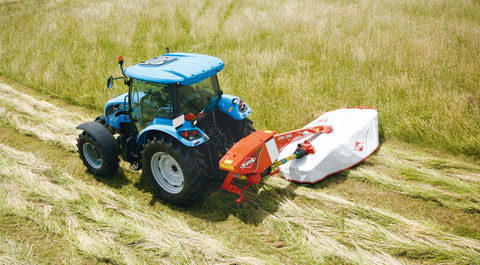
ROUND: 1,375 sold
BIG SQUARE: 315 sold
CONVENTIONAL: 140 sold
If scoring were done solely on the number of bales produced, the big square baler would be the undefeated champion of the British harvest.
It’s not, though, and for the average farmer the round baler is still the tool of choice for dealing with fodder and bedding. Roughly 1,375 were sold in 2012, an increase of 6% on the previous year and reversing three years on the trot of falling sales.
Meanwhile (and despite their considerable cost) big square balers are getting more popular. These contractor-oriented machines hit the 315-unit mark last year, up 16% on 2011’s 265 units and a mammoth 21% on 2010’s 250 balers.
Let’s not forget the dear old conventional baler, either. It’s still alive and kicking (just) – sales stayed level at 140 in 2012.
Mr Evans expects sales to loiter around this mark for the next few years.
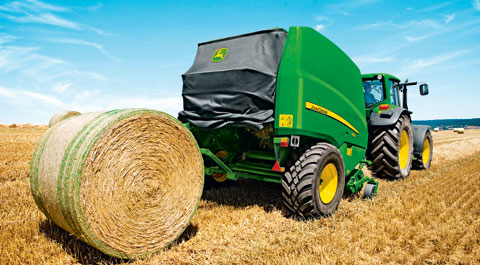
SELF-PROPELLED FORAGERS: 165 sold
Forage harvester sales have remained strong as companies clear out the last of the older-engined models for a cheaper price – 165 were sold in 2012.
In 2011, 155 units were sold and 180 foragers left dealers’ yards in 2010 – a peak for recent years.
This prosperity isn’t expected to continue, though – Mr Evans forecasts a more settled market of 130 units/year in the future.
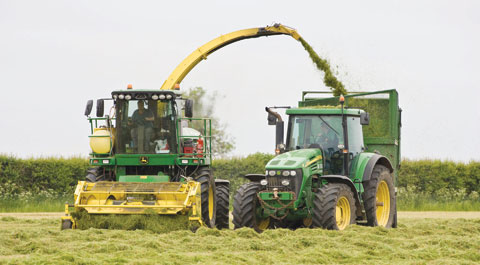
COMBINES: 1,140 sold
UK farmers bought 1,140 new combines between September 2011 and August 2012. That’s well above the five-year average of 990 units, but small fry compared to the 3,000-a-year market of the 1970s.
Changes to capital allowances in April 2012 also influenced sales in a market that usually accounts for about 750 units. Farmers wanted new combines on their books before the April tax changes, so sales were hurried through. This season’s sales, in contrast, are running about 40% below last year’s levels.
Large-acre farmers and contractors running super-wide headers who trade in their machines after a couple of seasons’ work have traditionally dominated the combine market.
But last year also saw more small-to medium-scale farmers deciding to swap their old kit for something new. That may be why straw-walker machines currently hog 55% of the market, while rotary equivalents have to make do with 45%.
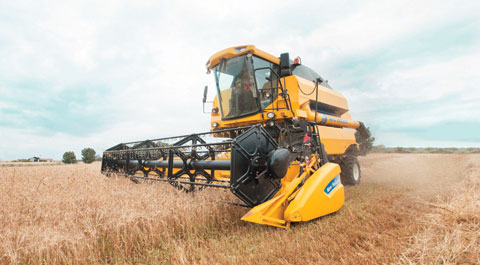
TELEHANDLERS: 3,600 sold
TRACTOR LOADERS: 3,875 sold
Telehandlers are, in sales terms, the Steady Eddies of the farm machinery world. About 3,600 were sold in both 2012 and 2011, which is about as good as it has got for loader salesman over the past few years. Sales in 2010 were lower at 2,750.
Meanwhile, increases in tractor loader sales are hobbled by small tractor sales – 2012 saw them drop by 5% to 3,875 in 2012 because of a dip in the popularity of low-powered tractors.
The glory days for tractor loaders were back in 2007 when 4,350 people opted for the versatility of a tractor loader (compared with 2,700 telehandlers sold at the same time).
Unsurprisingly, that coincided with a bumper year for 50-100hp tractor salesmen when they shifted 4,400 units.
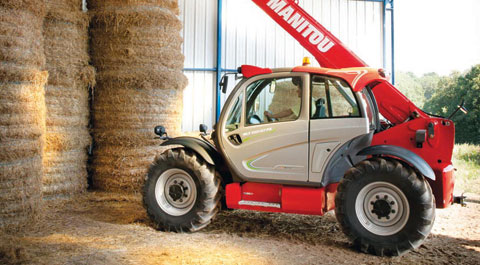
ATVs: 6,100 sold
UTVs: 3,800 sold
Last year’s ATV sales were down 13% on the previous year to 6,100 units. In fact new ATV sales have been tumbling for half a decade since the most recent high of 9,000 units in 2004.
Their fall from grace has been offset (and caused) by booming buggy sales – up 20% on 2011’s figure to 3,800.
Why the change? Mr Evans puts it down to the comfort and practicality of a side-by-side UTV with a cab and front windscreen, particularly for slug-pelleting duties. They’re also more difficult to steal…
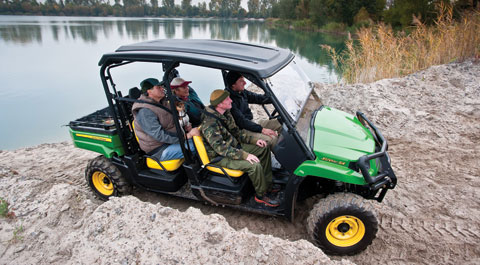
MOUNTED: 420 sold
TRAILED: 340 sold
SELF-PROPELLED: 260 sold
Numerically at least, the mounted sprayer still rules the sprayer sales charts. Last year’s market was worth 420 units, up 5% on previous year but still some way shy of 2008’s healthy 480 sales.
But big-tanked, trailed equivalents look set to steal sales from mounted versions.
Last year 340 trailed sprayers were sold, while self-propelled sprayer sales were up 5% to a recent high of 260 units. That was well above 2010’s comparatively feeble tally of 175 self-propelled sprayers.
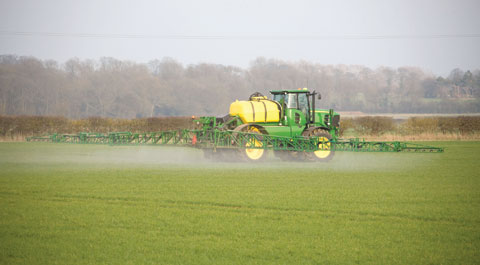
PLOUGHS: 940 sold
Plough numbers were knocked down (but not quite out) in the mid-2000s when min-till became as fashionable as one of Alexander McQueen’s fancy frocks.
But by 2008-09 they had bounced back to a recent peak of 1,200 units as weeds and wet weather made farmers realise they still needed the traditional, all-conditions-coped-with reliability of the world’s oldest farm implement.
They’re currently ambling along quite nicely with 940 new ones sold in 2012 – a 4% drop on 2011 but well above 2006’s desperate 580 sales.
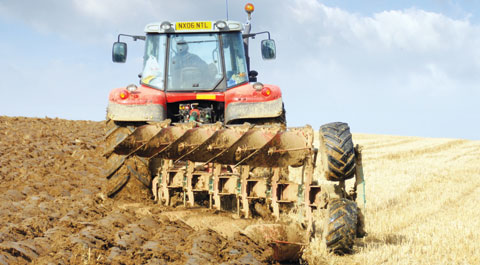
POWER HARROWS: 1,200 sold
Power harrows are one of the most rudimentary forms of clod bashing technology, though are hardly at the cutting edge.
Nevertheless, sales totalled 1,200 in 2012. That’s 12% down on 2011’s 1,370 and up on 2010’s 1,125. However the power harrow’s recent glory days came in 2008 when 1,600 units were sold.
